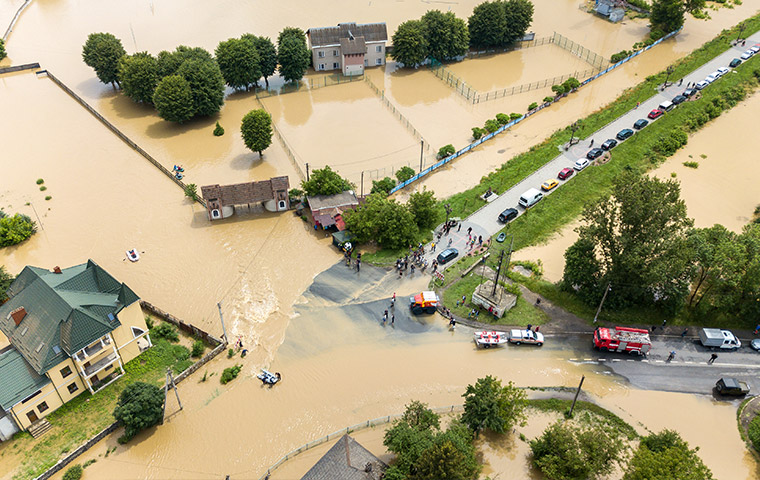Evacuations present various challenges that are difficult to manage, especially with everything else happening during an evacuation. Traffic is a serious concern during an evacuation, and traffic managers need a solution that combats it during one of these events. That’s why, in many disaster-prone areas, the departments of transportation are using telematics to manage traffic during evacuations better. Find out how telematics improves the process of evacuations here.
Real-Time Traffic Information
Telematics provides traffic managers with real-time data on how many vehicles are on the road, how fast they are moving, and their direction. This information allows them to make decisions like implementing lane reversals or otherwise direct traffic to avoid massive buildups of cars and evacuate people more effectively. The better that traffic managers can direct traffic, the safer that citizens will be.
Telematics Evacuations in Practice
The Departments of Transportation in Alabama, Florida, Georgia, North Carolina, Tennessee, and Virginia, have teamed up to create a real-time traffic monitoring system for use during the hurricane season. This system provides up-to-date information on vehicle speeds and locations so traffic managers can better direct traffic in the event of hurricanes in these areas. Those involved emphasize the importance of real-time data. It gives them data on how the evacuation is going and helps them get detailed information that they can use for future events.
Other Advantages of Telematics
Tracks First Responders.
When dispatching first responders, it’s crucial to be able to track them as well. The ability to track covered areas and dispatched resources is vital to keeping people safe during a hurricane or other disaster. Dispatchers can tell who is where and even assign leaders and resources to areas that need them. It makes communication much easier in a typically chaotic time.
Keeps Responders Safe.
It’s not only important to keep civilians safe but also the responders who are fighting to protect them. With telematics, dispatchers always know where their responders are, and if anything goes wrong, they can easily dispatch someone to help. They can even tell if a driver goes off the road right away and send assistance. Telematics is instrumental to everyone’s safety.
Gets Responders There Faster.
If anyone is hurt during an evacuation, responders can get there quickly despite the traffic caused by evacuation. Route optimization helps responders find routes that are not affected by evacuation so they can reach someone in danger with the necessary speed to help them. During an evacuation, this feature is an absolute necessity.
Get Telematics for Your Disaster Response Team
All sides of a disaster response team- both the evacuation experts and the first responders -need telematics to do their jobs effectively. These features keep both civilians and responders safe. Don’t wait until it’s too late; start protecting your team and community today by trying a demo!








